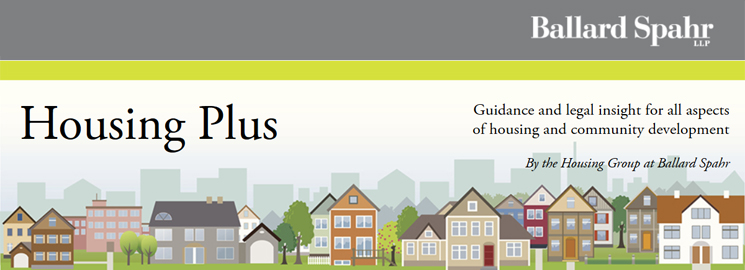
 With Independence Day right around the corner and with several bond financings benefitting homeless veterans recently in the news (see Proposition 41 Bond Measure and Apartments for Homeless Veterans), it seemed fitting to highlight certain types of bonds which can be used to assist veterans. The first of these are qualified veterans’ mortgage bonds which are private activity bonds that are used to make mortgage loans to qualified veterans. Loans financed from qualified veterans’ mortgage bonds can only be made for principal residences and cannot be made to acquire or replace existing mortgages. While these might sound like viable options that states could use to help homeless veterans, there are several restrictions in the Internal Revenue Code that make it impossible for most states to issue qualified vetarans’ mortgage bonds. For example, in order to issue qualified veterans’ mortgage bonds, a state must have issued qualified veterans’ mortgage bonds prior to June 22, 1984. Only five states (Alaska, California, Oregon, Texas and Wisconsin) meet this requirement. In addition, a qualified veterans’ mortgage bond must be a general obligation of the issuing state.
With Independence Day right around the corner and with several bond financings benefitting homeless veterans recently in the news (see Proposition 41 Bond Measure and Apartments for Homeless Veterans), it seemed fitting to highlight certain types of bonds which can be used to assist veterans. The first of these are qualified veterans’ mortgage bonds which are private activity bonds that are used to make mortgage loans to qualified veterans. Loans financed from qualified veterans’ mortgage bonds can only be made for principal residences and cannot be made to acquire or replace existing mortgages. While these might sound like viable options that states could use to help homeless veterans, there are several restrictions in the Internal Revenue Code that make it impossible for most states to issue qualified vetarans’ mortgage bonds. For example, in order to issue qualified veterans’ mortgage bonds, a state must have issued qualified veterans’ mortgage bonds prior to June 22, 1984. Only five states (Alaska, California, Oregon, Texas and Wisconsin) meet this requirement. In addition, a qualified veterans’ mortgage bond must be a general obligation of the issuing state.
A better option is the issuance of exempt facility bonds. These bonds, while not specifically geared towards assisting veterans, can be used to finance multifamily housing projects for low and moderate income individuals and families. Preference for occupancy in these projects, however, may be given to veterans as long as the veterans occupying the project qualify as low or moderate individuals. Like qualified veterans’ mortgage bonds, exempt facility bonds are private activity bonds. In order to issue these bonds, the issuer would need to obtain a private activity bond volume cap allocation and would be required to hold a TEFRA hearing. As alluded to above, the issuer would also be required to set aside either (1) 20% of the residential units in the project for occupancy by individuals whose income is 50% or less of the area median gross income, or (2) 40% or more of the residential units in the project for occupancy by individuals whose income is 60% or less of the area median gross income. Unlike qualified veterans’ mortgage bonds, exempt facility bonds are commonly used throughout the country and provide a good mechanism to help reduce homelessness among veterans. These bonds may be a good mechanism to use to help veterans who have served our country well. And with approximately 131,000 homeless veterans on any given night according to the U.S. Department of Veterans Affairs, any help would be more than welcome.